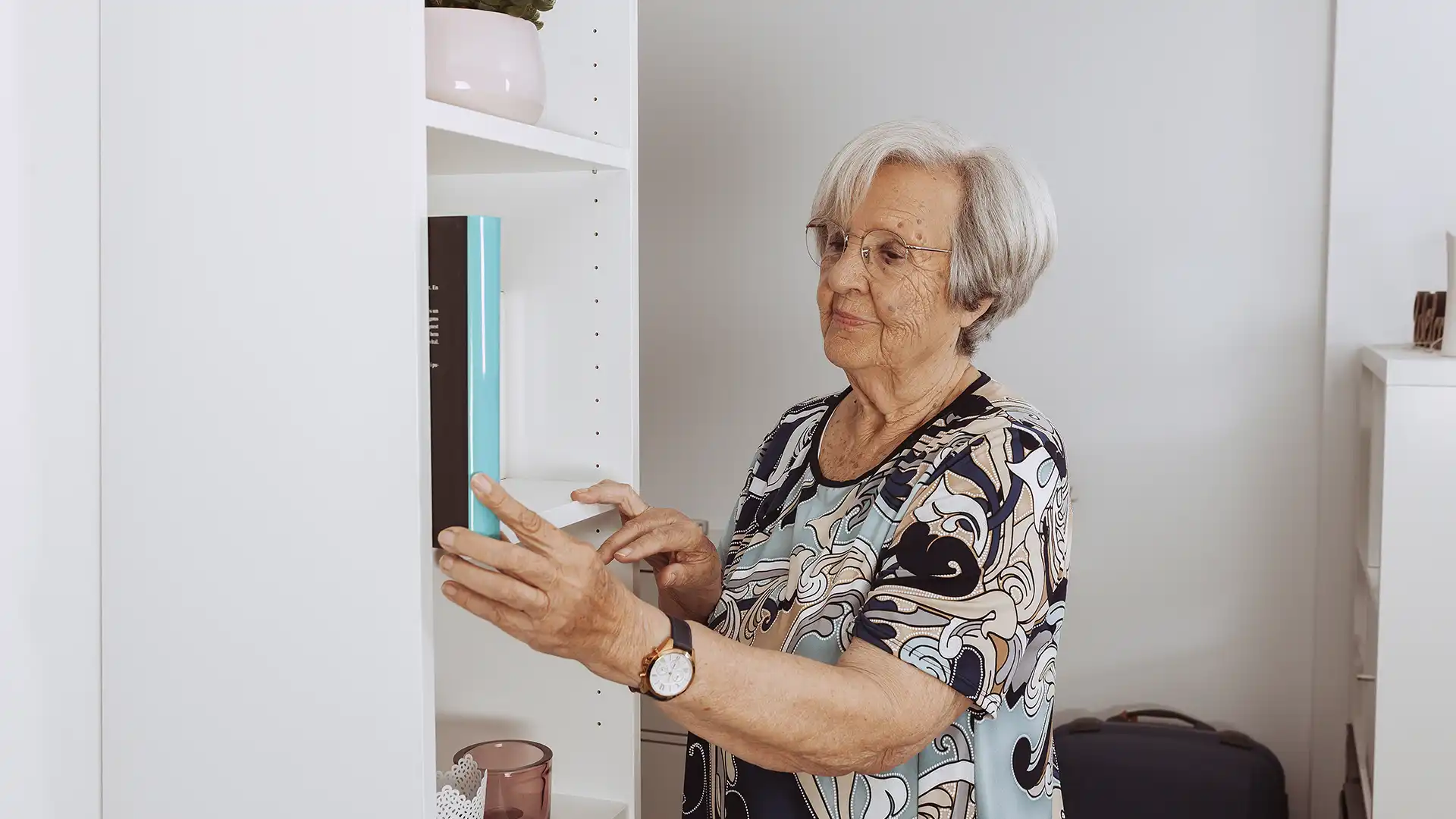What Are the Common Symptoms of ADHD in Children?
Inattentive ADHD is one type of ADHD that can be successfully treated with the right kind of treatment. It is one of three subtypes of ADHD and has similar symptoms to other ADHD subtypes. This type of ADHD predominantly affects boys and manifests during childhood. As the name implies, individuals with this form of ADHD have difficulties following directions, focusing, and completing tasks. Experts believe that most children with the inattentive form of ADHD might not get a proper diagnosis since they do not normally disrupt the classroom in the way other kids do.
Children with ADHD often have problems paying attention, making changes in the assignments, and focusing. Impulsivity, or the problem of having an impulse, often accompanies the ADHD condition. A child with ADHD might start to act out when he does not get his way or when he is frustrated or annoyed. He might be unable to control himself when overwhelmed by a particularly hard task.
Combined ADHD is the most common type of ADHD that occurs in both boys and girls. Researchers are still unsure what causes hyperactive-impulsive behaviour in a combined ADHD patient. It has been seen that both hyperactive-impulsive and inattentive types of ADHD frequently share the same traits. Hyperactive-impulsive ADHD patients are often found to have slower reflexes and poor impulse control, as well as not showing consistent ADHD behaviour. On the other hand, inattentive ADHD patients are often seen to have slower reaction times and more hyperactive tendencies.
Experts believe that inattention and the associated inability to focus occur when the child experiences the symptoms of ADHD first. These symptoms can begin to show at birth or at a very young age, which means that the diagnosis can occur much earlier in life than is the case with other ADHD types. The primary difference between the hyperactive-impulsive and the inattentive types of ADHD is that patients with inattentive ADHD are impulsive and overactive. They have an extreme need for routine and are easily distracted. Children who have the hyperactive type of ADHD usually have a constant need for stimulation and have problems focusing and staying on task.
Children with ADHD
May have the executive function of the brain and perform quite well academically. However, they have a problem sitting still and having a calm demeanour. Executive dysfunction is often the cause of ADHD behaviour. Executive dysfunction is measured using a questionnaire known as the Wertheimer Schedule. Scores on this executive function questionnaire are correlated with academic performance.
What Are the Common Symptoms of ADHD in Adults?
Adults with ADHD can have some of the same symptoms of hyperactivity and impulsivity. In addition, they may also exhibit the inability to pay attention, the inability to stay on task, and the inability to control emotions. For a diagnosis of ADHD in adults, the most important variable is the presence of at least two of the nine symptoms. If a symptom only manifests occasionally, it does not fulfil the criteria for ADHD. Therefore, if you suffer from one or two symptoms of ADHD in adults, it is likely that you also suffer from other symptoms as well.
Three additional symptoms are less common in ADHD but are frequently seen in hyperactive children and adults with ADHD. These symptoms include the inability to establish eye contact or maintain focused attention, motor distraction, uncontrolled reactions to social stimuli and daytime sleepiness. People with ADHD are more likely to have co-morbid conditions, which include OCD (Obsessive Compulsive Disorder), depression or other mood disorders, or a dependence on caffeine or drugs. The combined type of ADHD symptoms is often seen in patients with other ADD/ADHD disorders.
As a child grows up and experiences various events in his/her life, he/she will also experience changes in the pattern of his/her behaviour patterns. It may increase in occurrence and/or severity. This can be seen in cases where the symptoms are not associated with inattention, hyperactivity, or impulsivity. Such cases are usually diagnosed as normal ADHD. The diagnosis of ADHD can be delayed until much later, especially if the patient is still in school. This may increase social and emotional problems, which is another contributing factor to delayed diagnosis.
Norwest Wellbeing runs different programs for children, teens and Adults with ADHD. To learn more, click here






















